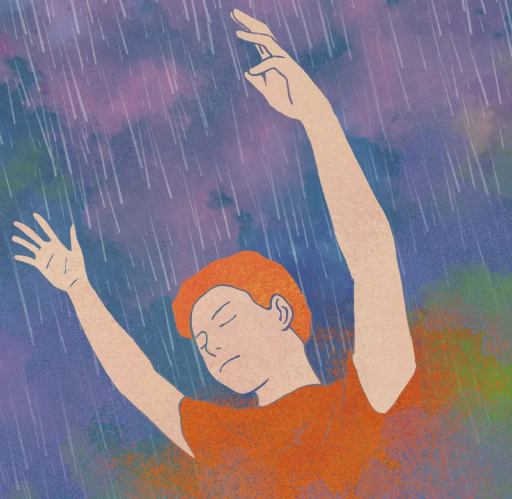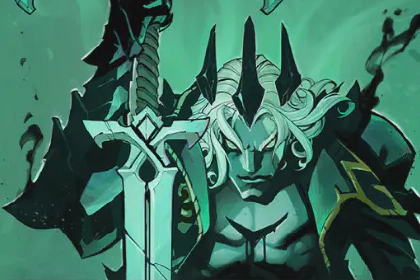
Reality is Broken Reading Notes
Author:Ziming Wang
Contents
1. Subjective Talk
Reality is Broken is a theoretical book on gamification, and because it is a theoretical book, it can only serve as a guide for today’s game design. I bought the book solely because of its subtitle, “How Gamification Makes Reality Better”. After reading the book, I also share the author’s idea of making people happy through games.
Of course, I don’t agree with all of the author’s points: the author throws out a lot of examples of gamification of real events to prove that if we can design the game well enough, we can constantly improve the players' satisfaction with the real world, and even improve their productivity and find meaning in life. I reserve my personal opinion on this part of the content. The future of gaming that I can see tends to be more integrated with reality: as communication rates increase, cloud gaming will lift the limitations of hardware for players, and the popularity of immersive devices will eventually allow the birth of a gaming metaverse. Players in the future can play all the games they want through the game metaverse platform, use virtual coins to trade with other players, and even work on the platform to earn virtual coins to buy goods in the real world. By then, the border between the virtual world and the real world will be blurred - as long as the game designers can design tasks that help the real economy (my first thought was brain mining, think again).
2. Learning from the Past
Four defining characteristics of the game: goals, rules, feedback system, and voluntary participation Association: gambling games, slot machines (although I scoffed at this, its feedback system is very well designed)
The hard fun of failing in the game, and succeeding after failing, creates a sense of fiero in the player, and pride is what makes many players addicted. Association: Dark Souls
Self-chosen goals, obstacles to personal optimization, and ongoing feedback are the most effective factors in generating mindful flow. Association: self-selected goals: Divine Original Sin 2; personal optimization obstacles: soul-based games; constant feedback: Diablo-type games
Associations: self-selected goals: Divine Original Sin 2; personal optimization obstacles: soul-based games; constant feedback: Diablo-type games Association: MMO (Warcraft, Guild Wars 2) mission system, do what can not be done, do not dare to imagine things, positive feedback
Casual games, players use fragments of time to play the reason: casual games are very simple, can motivate players to overcome the obstacles in the real work, and can relieve the sense of frustration. Association: three consumption, raising, and other casual games
A well-designed game where failure does not disappoint the player, and where failure can make the player excited, interested, and even optimistic. Association: Fall Guys, Tetris
Social games: Playing with real-life friends and family creates opportunities for you to proactively stay in touch with the people you care about most Association: QQ Farm
Make the game meaningful, even if it doesn’t make sense on its own, but can be designed to make it meaningful (awe, shape the grand story, the setting, the community) Association: Halo series, Battlefield series
Games are connected to every day, designed to provide pride, satisfaction, and intrinsic rewards to players in difficult situations to cope with in reality. Association: Pokemon Go
The game provides players with new goals and encourages them to step out of their comfort zone Association: The Sims
The game immerses players in a crowd, bringing them face to face with the conflicting emotions of real life and the freedom and loneliness that comes from anonymity. In addition to the urge to stay and continue in the game, players create an improvised and temporary social group. Association: MMO (Warcraft, Guild Wars 2)





